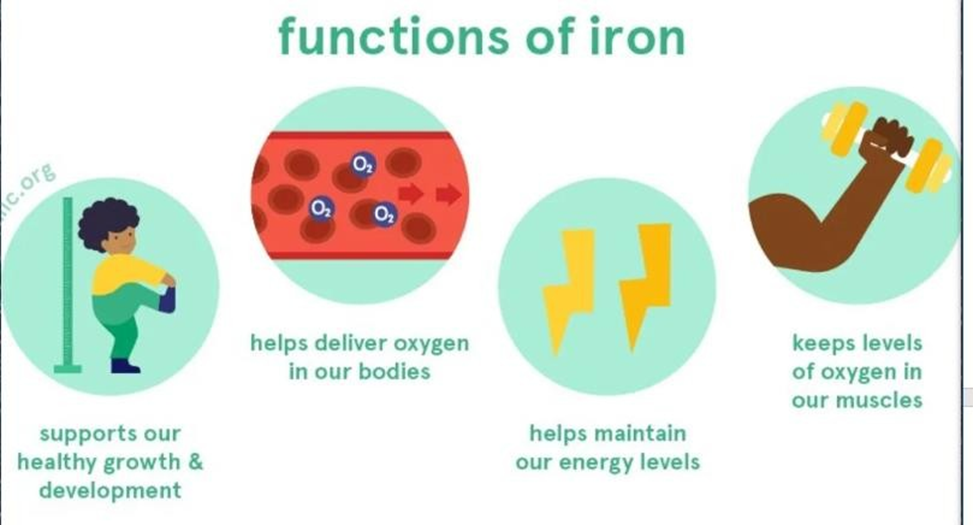A patient has an acute care facility discharge order for later that day. The LPN/LVN understands that part of the discharge process to be performed by a registered nurse is:
assisting the patient to get dressed.
packing the patient's personal belongings.
writing the discharge instructions.
accompanying the patient to the acute care facility entrance.
The Correct Answer is C
A. Assisting the patient to get dressed might be part of the LPN/LVN's role or a nursing assistant's role but not typically a task performed by a registered nurse during the discharge process.
B. Packing the patient's personal belongings could also be done by the patient or their family, or it might be assisted by nursing staff, but it's not usually a specific responsibility of the registered nurse during discharge.
C. Writing the discharge instructions, which include medication schedules, follow-up care, dietary guidelines, and other critical information, is typically the responsibility of the registered nurse.
D. Accompanying the patient to the acute care facility entrance might be a part of the overall discharge process but is not a task specifically assigned to the registered nurse.
Nursing Test Bank
Naxlex Comprehensive Predictor Exams
Related Questions
Correct Answer is A
Explanation
A. Saliva contains enzymes like amylase that break down starches into simpler sugars, initiating their digestion in the mouth.
B. Fat digestion primarily starts in the small intestine with the action of bile and pancreatic lipase.
C. Protein digestion begins in the stomach with the action of enzymes like pepsin.
D. Fiber is not digested by enzymes in the human digestive system, though it aids in digestion and promotes bowel movements.

Correct Answer is A
Explanation
A. Iron is a crucial component of hemoglobin in red blood cells, responsible for carrying oxygen throughout the body.
B. Magnesium is involved in various enzymatic reactions, nerve function, and muscle contractions, but it's not directly involved in oxygen transport.
C. Potassium plays a role in maintaining electrolyte balance and cell function, not in oxygen transport.
D. Phosphorus is essential for bone health, energy metabolism, and cell membrane formation but is not directly involved in oxygen transport.

Whether you are a student looking to ace your exams or a practicing nurse seeking to enhance your expertise , our nursing education contents will empower you with the confidence and competence to make a difference in the lives of patients and become a respected leader in the healthcare field.
Visit Naxlex, invest in your future and unlock endless possibilities with our unparalleled nursing education contents today
Report Wrong Answer on the Current Question
Do you disagree with the answer? If yes, what is your expected answer? Explain.
Kindly be descriptive with the issue you are facing.
